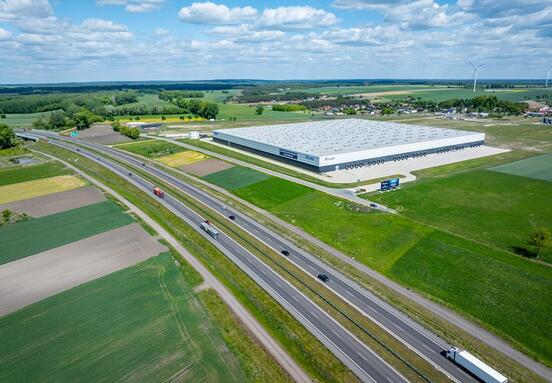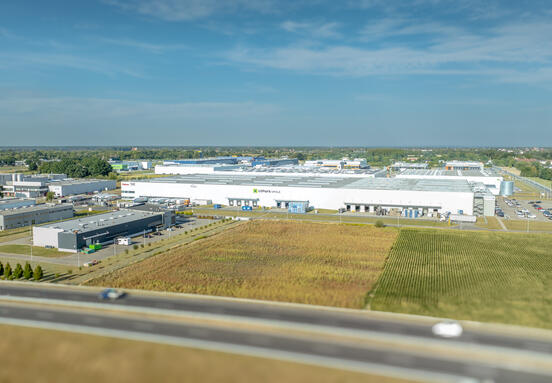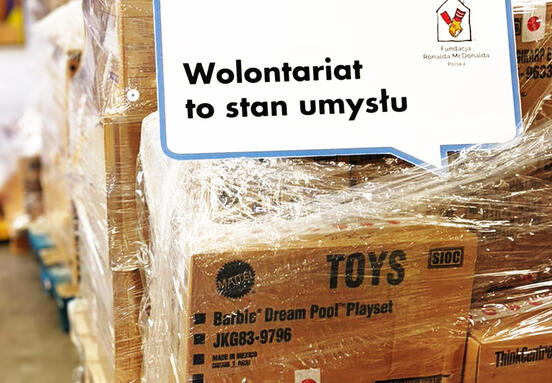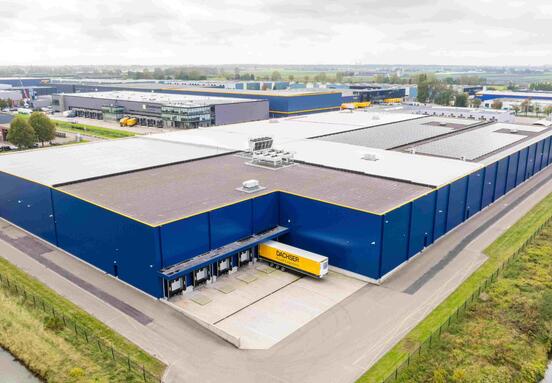Pre-let as a trigger for development
As highlighted by Katarzyna Madej, Director, Industrial Agency at Avison Young, today’s market activity is centered around projects that meet strict pre-let thresholds. Developers are no longer willing to break ground without substantial lease commitments in place. This shift has created a market split: on one side, developers such as GLP, CTP, and Hillwood continue to pursue speculative builds in prime locations with stable demand; on the other, many companies rely on the pre-let model, launching construction only once tenants are secured.
Build-to-suit (BTS) and build-to-own (BTO) developments remain essential for occupiers with specific technical or ownership requirements, and are typically handled by experienced developers specializing in tailored solutions. At the same time, urban logistics is fueling interest in the revitalization of post-industrial sites. Although still a niche, this trend is steadily gaining ground due to limited land availability in key urban zones.
Ultimately, it’s no longer about the format—speculative, BTS, or BTO—but about whether a committed tenant is in place. The availability of a client and the level of pre-let are now the determining factors for whether a project proceeds.
ESG certifications are the new baseline
Environmental and social governance (ESG) criteria have become central to the warehouse development process. Certifications like BREEAM and LEED are no longer optional; they’re expected. Today, the BREEAM Very Good level is considered a minimum standard, while most developers aim for Excellent, and an increasing number are achieving the prestigious BREEAM Outstanding certification.
Sustainability credentials have evolved from being a brand advantage to becoming essential for financing and valuation. Banks and financial institutions increasingly tie lending terms to ESG performance, with environmental certifications playing a key role in scoring models. As a result, green buildings are more than just environmentally friendly—they’re more valuable, better financed, and easier to lease or sell.
Hidden barriers: procedures and infrastructure
Despite high demand, many warehouse and production developments are delayed due to regulatory and infrastructure-related hurdles. Chief among them are prolonged administrative processes, particularly related to environmental decisions and building permits. For large-scale production facilities in major cities, environmental approval alone can take up to two years.
Energy infrastructure has also become a bottleneck. As power consumption grows, the availability of plots with fast-track grid connections is shrinking. In many cases, electricity connection lead times extend to several years, complicating project timelines and tenant planning.
Further obstacles include a lack of zoning plans, forcing developers to apply for time-consuming zoning decisions, as well as complex procedures for sites near residential areas and unresolved land ownership issues—such as legal disputes, claims, and the need for parcel consolidation.
A market evolving through strategy and selectivity
The industrial and logistics real estate market in Poland is evolving toward quality, predictability, and environmental responsibility. Projects are now shaped by long-term strategy rather than opportunism, with tenant security, ESG compliance, and infrastructure availability at the core of decision-making. Building a warehouse today means navigating a complex matrix of legal, financial, and technical considerations—requiring both precision and experience.
This article was prepared based on materials provided by PRESTIGE Public Relations. Developed using insights from Katarzyna Madej – Director, Industrial Agency at Avison Young.
Source: prestigepr.pl









